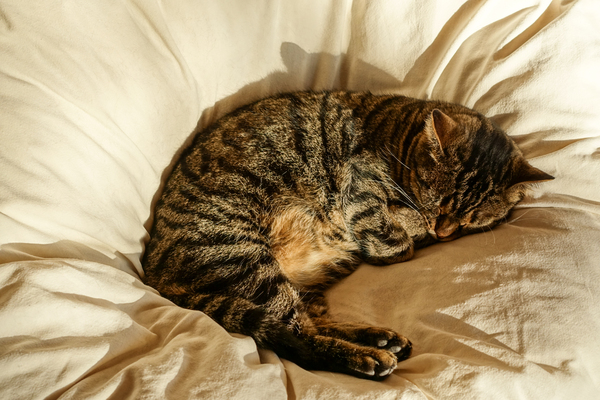Understanding Silica Gel Cat Litter: Advantages And Disadvantages
Understanding Silica Gel Cat Litter: Advantages And Disadvantages
Blog Article

Cat litter and litter boxes play a pivotal function in the lives of both felines and their owners. From the humble beginnings of sand and soil to the innovative improvements these days, the world of cat litter has evolved considerably. In this detailed guide, we dive into every element of cat litter and litter boxes, exploring their history, types, advantages, obstacles, and whatever in between.
The history of cat litter go back centuries, with ancient civilizations utilizing sand, soil, and even ashes as primitive litter products. Nevertheless, it wasn't till the mid-20th century that modern-day cat litter as we understand it emerged. In 1947, Edward copyright presented the world's very first business cat litter made from absorbent clay, changing the method felines relieved themselves inside. Ever since, cat litter has actually gone through many improvements, with the intro of clumping litter, silica gel litter, naturally degradable choices, and more.
Today, cat owners are spoiled for choice when it comes to picking the ideal litter for their feline buddies. Conventional clay litter remains popular for its cost and efficiency in soaking up odors. Clumping litter, which forms solid clumps when wet, simplifies cleansing and upkeep. Silica gel litter, composed of highly absorbent silica crystals, uses remarkable smell control and longevity. Biodegradable alternatives, such as recycled paper, wood pellets, corn, and wheat, attract environmentally conscious customers.
Each kind of cat litter uses distinct benefits. Clay litter stands out in its ability to absorb wetness and control odors, making it a reputable choice for many feline owners. Clumping litter simplifies daily scooping and extends the time in between total litter changes. Silica gel litter supplies extraordinary odor control and can last longer between replacements. Naturally degradable litters offer a sustainable option that lessens environmental effect.
While cat litter improves indoor feline hygiene, it is not without its obstacles. Dust from clay litter can automatic cat litter box pose breathing risks for both felines and people, prompting the appeal of dust-free alternatives. Some cats might establish litter box aversion due to concerns with texture, scent, or tidiness, requiring experimentation with different litters and box setups. Multi-cat households might require tactical litter box placement and frequent upkeep to prevent territorial conflicts and make sure all cats have access to tidy facilities.
Picking the suitable litter box is essential for promoting positive litter box routines and general feline wellness. Elements to think about include size, availability, and design choices. Covered litter boxes provide personal privacy and aid include smells, but some felines might find them restricting or intimidating. Open-top litter boxes provide simple access and presence but may result in more litter scatter. Automatic self-cleaning litter boxes simplify maintenance however need regular tracking and maintenance.
Proper litter box upkeep is vital for ensuring a tidy and Wood Cat Litter welcoming environment for both cats and their owners. Daily scooping eliminates waste promptly, reducing smell and discouraging litter box aversion. Routine litter replacement, normally every 1-2 weeks, prevents bacterial buildup and keeps optimal absorbency. Extensive cleaning with mild cleaning agent and water, avoiding severe chemicals that might hinder felines from utilizing the box, must be carried out monthly.
Cat litter and litter boxes play a central role cat litter box self cleaning in promoting a healthy and unified relationship between cats and their human companions. With a varied selection of litter options and litter box designs offered, feline owners have the versatility to tailor their choices to fit their felines' choices and family requirements. By understanding the evolution, types, benefits, and obstacles of cat litter and litter boxes, family pet owners can supply their feline friends with a comfy and sanitary indoor environment.